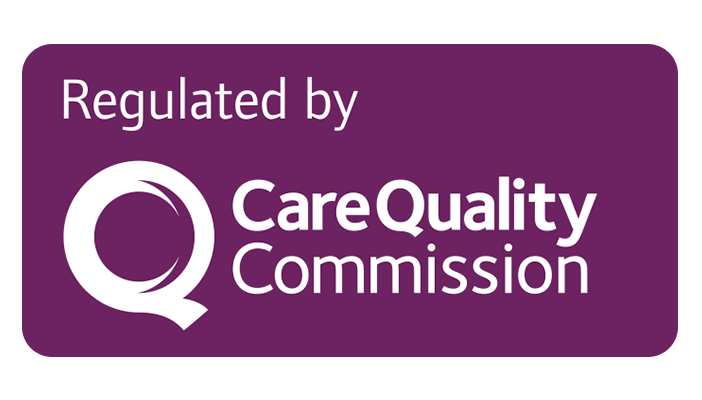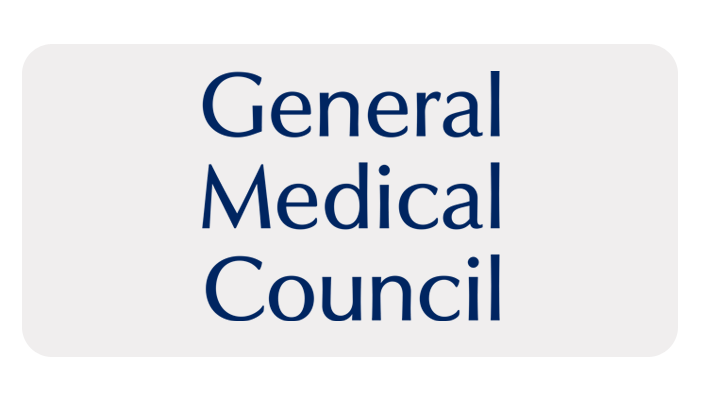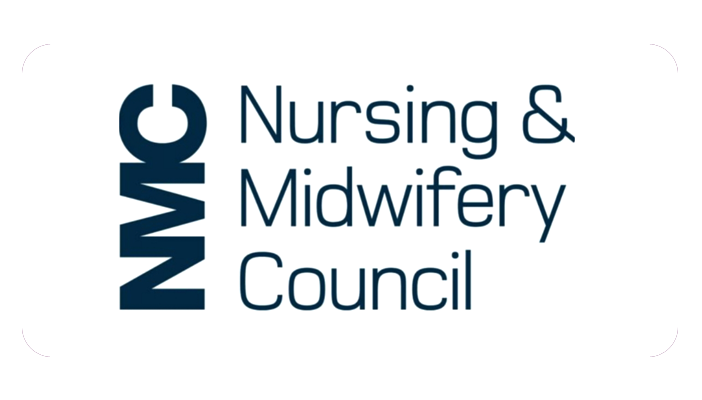Microsclerotherapy treatment
Microsclerotherapy is a technique used for the removal of surface and spider veins. It involves injections with a very fine needle of a sclerosing drug, which irritates the lining of the veins, causing the walls to stick together. Blood stops flowing through the veins, which are then absorbed by the body over a period of a few weeks. The blood is directed back to the deeper veins. The treatment is carried out by specialist nurses under the supervision of experienced vascular surgeons, who are responsible for the treatments.
view imageRead More
Bruising can last anything from two weeks to three months, depending on the size of the blood vessels treated. As a result of the bruising, the treated areas can look worse before they improve. With patience a good result is achieved. Occasionally thicker bruises occur in larger veins, which can remain for several months. These may cause brown discolouration of the skin. This could take up to a year to fade in a few cases. High compression stockings are worn for up to three days, to help reduce the amount of bruising. It is best to leave a two-week gap between treatments on the same area, to allow bruising to settle. Certain areas are more susceptible to swelling, particularly at the ankle and knee. It is also possible for some larger veins to become inflamed and the vessel can feel hard, warm and a little sore. These symptoms resolve quickly.
Simple analgesia may be required. Larger veins may require strong compression for a little longer to help minimise this problem. 60 – 70 percent of veins treated at any one session usually disappear. Most or all vessels treated during the course of microsclerotherapy will be removed. However, the rate of response differs between patients. The number of treatments and time taken to get to the final outcome are difficult to predict in advance. It is possible to drive immediately after a treatment. Normal exercise can be resumed after 24 hours, including swimming. Air travel may be undertaken straight away, but it is advisable to drink plenty of water and to wear class 2 medical compression stockings on journeys over four hours. As a general rule, standing still should be avoided and feet kept elevated whilst sitting. Patients find that over time a few more thread veins may appear and it is common to plan for an annual or bi-annual tidy-up visit.
Close X


